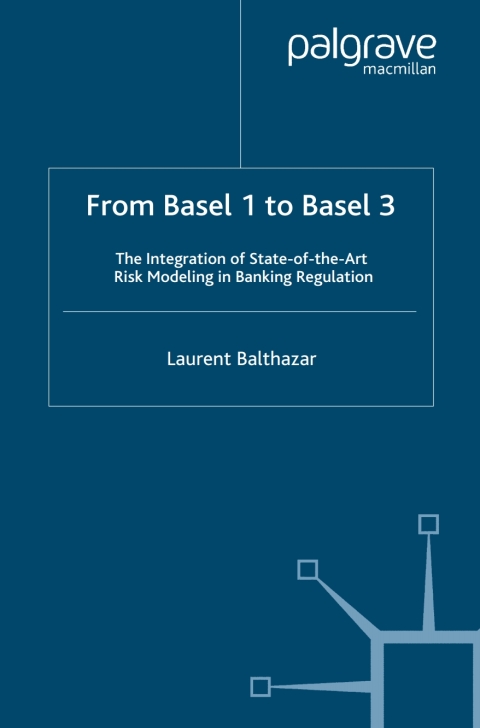

Most ebook files are in PDF format, so you can easily read them using various software such as Foxit Reader or directly on the Google Chrome browser.
Some ebook files are released by publishers in other formats such as .awz, .mobi, .epub, .fb2, etc. You may need to install specific software to read these formats on mobile/PC, such as Calibre.
Please read the tutorial at this link: https://ebookbell.com/faq
We offer FREE conversion to the popular formats you request; however, this may take some time. Therefore, right after payment, please email us, and we will try to provide the service as quickly as possible.
For some exceptional file formats or broken links (if any), please refrain from opening any disputes. Instead, email us first, and we will try to assist within a maximum of 6 hours.
EbookBell Team

4.1
30 reviews
ISBN 13: 9781403948885
Author: L Balthazar
The proposed rules are presented and key issues regarding implementation of the accord identified. The model used to calibrate the capital requirements under Basel 2 is analyzed and projected forward to present what could be key new elements in the future Basel 3 regulation. A CD-ROM is included to illustrate regulator models.
Part I: Current Banking Regulation
1 Basel 1
Banking regulations and bank failures: a historical survey
The Basel 1988 Capital Accord
2 The Regulation of Market Risk: The 1996 Amendment
Introduction
The historical context
Amendment to the Capital Accord to incorporate market risk
3 Critics of Basel 1
Positive impacts
Regulatory weaknesses and capital arbitrage
Part II: Description of Basel 2
4 Overview of the New Accord
Introduction
Goals of the Accord
Open issues
Scope of application
Treatment of participations
Structure of the Accord
The timetable
Summary
5 Pillar 1: The Solvency Ratio
Introduction
Credit risk – unstructured exposures – standardized approach
Credit risk – unstructured exposures – IRB approaches
Credit risk: securitization
Operational risk
Appendix: Pillar 1 treatment of double default and trading activities
6 Pillar 2: The Supervisory Review Process
Introduction
Pillar 2: the supervisory review process in action
Industry misgivings
7 Pillar 3: Market Discipline
Introduction
Pillar 3 disclosures
Links with accounting disclosures
Conclusions
8 The Potential Impact of Basel 2
Introduction
Results of QIS 3
Comments
Conclusions
Part III: Implementing Basel 2
9 Basel 2 and Information Technology Systems
Introduction
Systems architecture
Conclusions
10 Scoring Systems: Theoretical Aspects
Introduction
The Basel 2 requirements
Current practices in the banking sector
Overview of historical research
The data
How many models to construct?
Modelization steps
Principles for ratio selection
The logistic regression
Performance measures
Point-in-time versus through-the-cycle ratings
Conclusions
11 Scoring Systems: Case Study
Introduction
The data
Candidate explanatory variables
Sample selection
Univariate analysis
Model construction
Model validation
Model calibration
Qualitative assessment
Conclusions
Appendix 1: hypothesis Test for PD estimates
Appendix 2: comments on low-default portfolios
12 Loss Given Default
Introduction
LGD measures
Definition of workout LGD
Practical computation of workout LGD
Public studies
Stressed LGD
Conclusions
13 Implementation of the Accord
Introduction
Internal ratings systems
The quantification process
The data management system
Oversight and control mechanisms
Conclusions
Part IV: Pillar 2: An Open Road to Basel 3
14 From Basel 1 to Basel 3
Introduction
History
Pillar 2
Basel 3
Conclusions
15 The Basel 2 Model
Introduction
A portfolio approach
The Merton model
The Basel 2 formula
Conclusions
16 Extending the Model
Introduction
The effect of concentration
Extending the Basel 2 framework
Conclusions
17 Integrating Other Kinds of Risk
Introduction
Identifying material risks
Quantification and aggregation
Typical capital composition
Conclusions
Conclusions
Overview of the book
The future
Bibliography
Index
the integration of state of the art risk
the state of the art
art integration standards
art integration and steam
art integration strategies
the integration of
Tags: L Balthazar, Basel, Integration